When it comes to maintaining the integrity of your home’s or business’s plumbing infrastructure, understanding the most effective methods for repairing pipes is paramount. Two popular, trenchless pipe repair techniques that have gained attention are pipe relining and pipe bursting. Both methods offer a way to address pipe issues without the need for extensive excavation, but they serve different needs and come with their unique advantages. Let’s delve into the specifics of pipe relining and pipe bursting to help you make an informed decision on which solution is best suited for your situation.
Understanding Pipe Relining
What is Pipe Relining?
Pipe relining, also known as Cured-In-Place Pipe (CIPP) lining, is a trenchless rehabilitation method used to repair existing pipelines. This technique involves inserting a resin-saturated felt tube into the damaged pipe, which is then cured in place to form a new pipe within the old one. This process can address issues like cracks, leaks, and erosion in various types of pipes, including sewer, gas lines, and conduits, without the need to excavate the entire length of the pipeline.
Benefits of Pipe Relining
- Minimal Disruption: Pipe relining causes minimal disturbance to the surrounding area, making it ideal for areas where excavation is not practical or desired.
- Cost-Effectiveness: Since there is less digging involved, the cost associated with landscape and surface restoration is significantly reduced.
- Durability: The resin used in CIPP provides a smooth, seamless pipe-within-a-pipe that is resistant to leaks, corrosion, and tree root intrusion.
- Versatility: It is suitable for repairing pipes of various sizes and types, including bends and transitions in diameter.
Exploring Pipe Bursting
What is Pipe Bursting?
Pipe bursting is a trenchless method that replaces an existing pipeline by breaking the old pipe while simultaneously pulling in a new pipe. This technique is particularly useful when the existing pipe is too damaged for relining methods or when there is a need to upgrade the pipe size. It involves the use of a bursting head, which is pulled through the old pipe, fracturing it outward, followed by a new pipe that is pulled through the path created.
Benefits of Pipe Bursting
- Efficiency in Replacing Pipes: It allows for the replacement of pipes without extensive excavation, making the process faster and less disruptive.
- Upgrading Pipe Size: It provides an opportunity to increase the capacity of the pipeline by allowing the installation of a larger diameter pipe.
- Longevity and Durability: The new pipe installed is often made of highly durable materials, offering a long-term solution to pipeline issues.
- Eco-Friendly: Less soil disturbance means a lower impact on the environment compared to traditional excavation methods.
Pipe Relining vs Pipe Bursting: Which One Should You Choose?
Choosing between pipe relining and pipe bursting depends on several factors, including the condition of the existing pipe, the type of pipe, the length of the repair needed, and whether upsizing the pipe is required.
- Condition of the Existing Pipe: If the pipe is structurally unsound or severely damaged, pipe bursting might be the better option as it allows for the complete replacement of the old pipe. In contrast, relining is suitable for pipes that are still structurally intact but have minor damages.
- Length and Type of Repair: For short sections or specific types of damage, pipe relining can be an effective and less invasive solution. For comprehensive upgrades or when dealing with severely compromised pipes, bursting allows for a full-scale replacement.
- Upsizing Requirements: When there is a need to increase the capacity of the pipe system, pipe bursting is the go-to method, as it enables the installation of pipes with larger diameters.
Conclusion
Both pipe relining and pipe bursting offer valuable solutions to different pipe repair needs, blending efficiency with modern technology to ensure the longevity and function of your plumbing infrastructure. The choice between pipe relining and pipe bursting boils down to the specific requirements of the repair job, including the condition of the pipes, the type of system (e.g., sewer, gas line, or conduit), and any upsizing needs.
For homeowners and business owners navigating these decisions, consulting with a professional who can assess the situation and recommend the most appropriate method is crucial. Understanding these trenchless pipe repair options empowers property owners to make informed choices that ensure the integrity and reliability of their piping systems for years to come.

